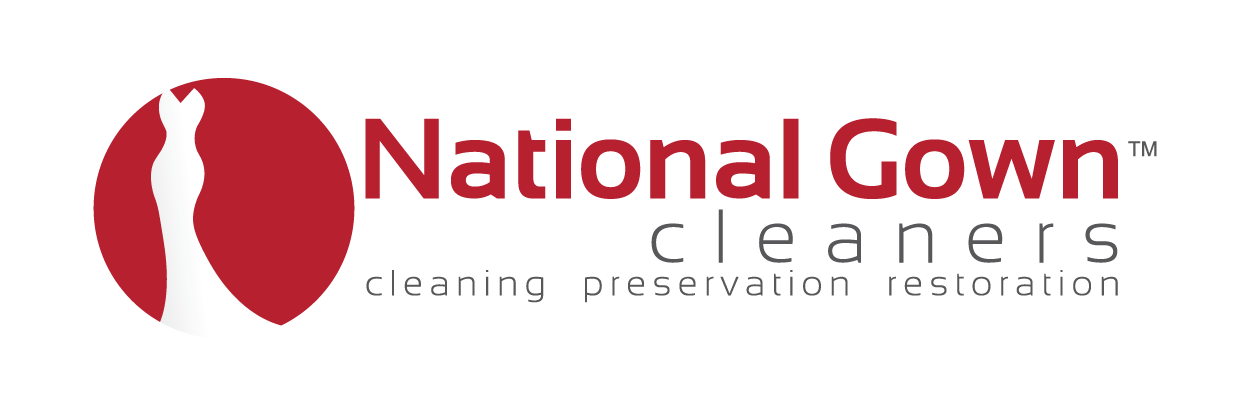Our Evaluation Process
In order to determine which type of cleaning method or combination of methods are possible, we first begin with a complete inspection of the gown. Our service cost are also determined by the evaluation process.
Step 1 - Initial Evaluation The initial evaluation occurs during our consultation with the customer. Together the gown is inspected to identify fabric type, stains, tears and other aspects of the gown to determine the appropriate approach to use. After the evaluation is complete, we recommend the type of cleaning and handling that is best for the garment. If dry-cleaning is the process recommended, we suggest the best method and handling that fits your garment needs. We may also suggest wet-cleaning or restoration services which may be, in some cases, advantageous to deliver the best results.
Step 2 - Intake Form (with Customer) Next a condition intake form is filled out by each customer to collect useful information such as the wedding date, food and beverage menu, “day of“ environment and weather conditions as well as, if the bride wore make up, deodorant, perfume, body lotion or tanning lotion. These answers help us determine what type of stains might possibly need to be treated. Stains if left untreated, may oxidize or cause fabric deterioration over time. The gown is examined for location of stains, damaged areas, condition of trim and beads, identifying any items which should be removed prior to treatment. Visible stains are marked with tape.
Step 3 - Treatment Plan Documentation and Report After the consultation meeting a condition report is prepared which includes information on the gown designer or manufacture, size, measurements, fabric content, weave, construction and composition, sizing and optical brightener stability. Embellishments such as beads, sequins, fancy trimmings and other forms of applications are tested and documented for their type, position and stability on the gown. The fabric type is verified and photos are taken to document stain locations, damages, and any other issues found as well as the location of any items which are to be removed and later re-attached.
Step 4 - Preparation for Cleaning Any items identified for removal are removed (such as bust pads, tulle, flower applications, etc). Beads are covered as necessary.
Step 5 - Treat Stains Stains are hand treated with the appropriate chemical agent to remove the type of stains identified. Often stains will not come out in the first cleaning and additional treatment and cleaning cycles may be necessary to remove the stain.
Step 6 - Cleaning The gown is then cleaned according to the treatment plan. Typically dry-cleaning is done first, followed by wet cleaning if appropriate.
Step 7 - Inspection Once the gown has been thoroughly cleaned the preservation customer is contacted for an inspection appointment to review the cleaning results and discuss any issues which may remain.
Step 8 - Steaming or Pressing Following the inspection, the gown is steamed to relax the fibers and prepare the gown for storage, or if the gown is to be worn it is pressed to provide a clean, crisp presentation.
Step 9 - Preservation Those gowns which are to be stored for long term storage are carefully folded and placed into an archival box. Archival tissue is used at the major folds to support the fabric and reduce any strain on it at these points. Gowns which are to be worn again are bagged for pickup.
